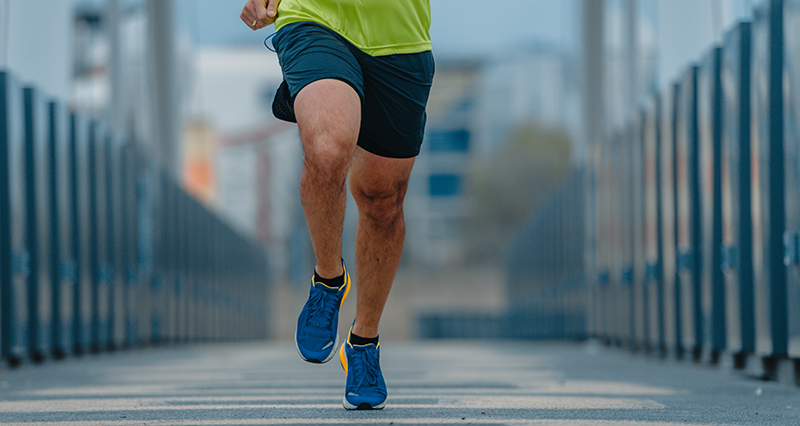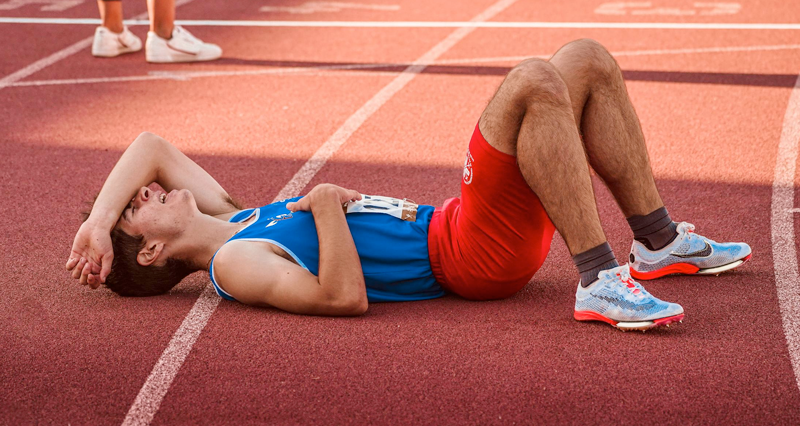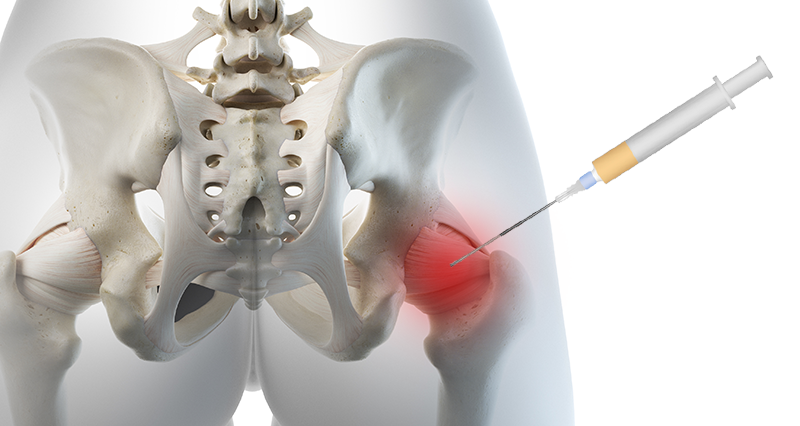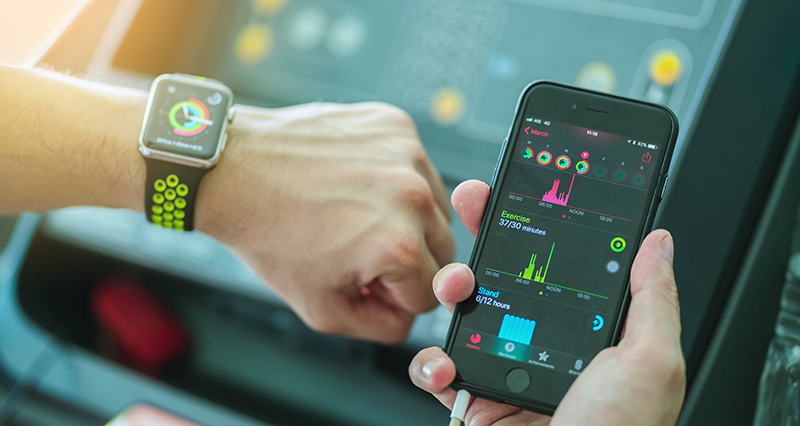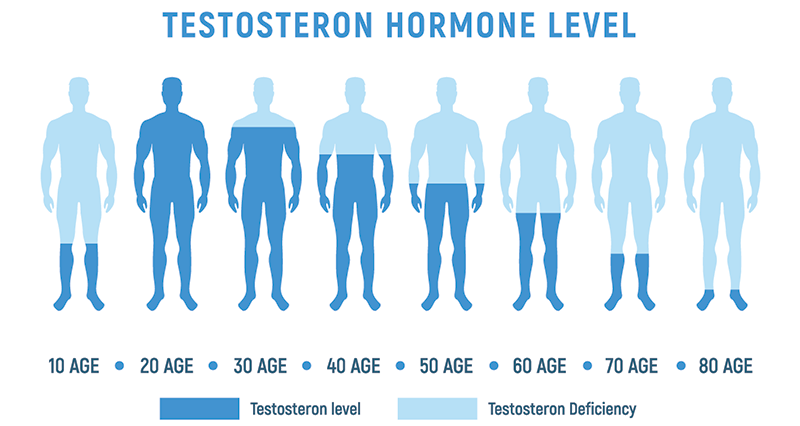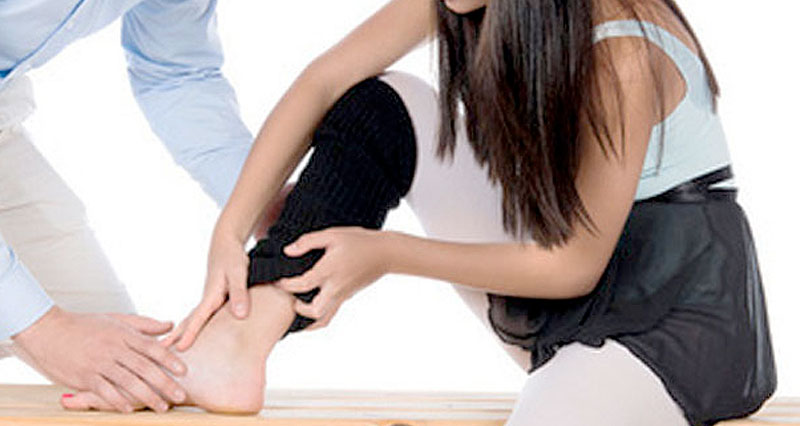One minute you are 16 years old and able to train hard every day. The next you are 40 plus and wondering how it all went so quickly! As athletes age, particularly those of us over 40, we face a greater risk of certain injuries due to natural physiological changes. These include reduced muscle mass, decreased joint flexibility, and slower recovery times. Here are some of the most common injuries among athletes over 40 and simple strategies for preventing them:
1. Achilles Tendon Injuries
Achilles tendonitis is inflammation of the Achilles tendon at the back of the ankle. If left untreated it becomes chronic and very difficult to treat. Eventually, if you ignore it long enough you run the risk of a complete rupture of the Achilles tendon. Our tips for preventing Achilles tendon injuries are:
- Stretch the calf muscles regularly.
- Include strengthening exercises as part of your normal training routine.
- Get a regular deep-tissue sports massage.
- Ensure you have the right footwear for your running style and foot type.
- See a podiatrist for gait analysis and to see if you should wear orthotic type insoles to correct biomechanics problems.
2. Knee Osteoarthritis & Meniscus Tears
Common knee injuries in athletes over 40 include Osteoarthritis and meniscus (cartilage) tears. These are more likely from wear and tear or overuse of the joint over time. Tips to prevent knee pain from chronic overuse include:
- Focus on strengthening the muscles around the knee, especially the quadriceps and hamstrings, to provide better support.
- Low-impact exercises like cycling and swimming reduce stress on the knees.
- Wear a compression knee support or heat retainer to give extra protection to the joint.
3. Rotator Cuff Injuries
Injuries to the rotator cuff, the group of muscles and tendons around the shoulder, are common in older athletes, especially those in sports like tennis, swimming, or weightlifting. This is sometimes because long-term use or overuse leads to chronic degeneration of the tendons. Other causes are work or posture-related.
- Include regular shoulder-strengthening exercises as part of your normal training routine.
- Ensure you use correct technique in sports, and avoid overloading the shoulder with too much weight or repetition.
- Stretch the shoulder muscles daily, especially if you have a desk job.
4. Tennis Elbow (Lateral Epicondylitis)
Overuse of the forearm muscles and tendons around the elbow, often due to repetitive movements in sports like tennis or golf, leads to pain and inflammation. Many cases are linked to work and lifestyle rather than sport.
- Be careful when doing DIY or anything involving prolonged gripping and other activities which overload the elbow.
- Use proper technique during activities, especially sport.
- Strengthen the forearm muscles.
- Taking breaks from repetitive activities.
5. Lower Back Pain
Chronic lower back pain often results from muscle imbalances, poor posture, or degeneration of the spine and discs due to ageing. However, there are things you can do to mitigate the risk of suffering low back pain as you age.
- Include core-strengthening exercises as part of your weekly training routine.
- Ensure you always have excellent posture, especially when sitting for long periods.
- Avoid heavy lifting or sudden movements that strain the back, especially movements involving twisting the spine as well.
- Stretch regularly, especially the hip flexor muscles if you work sitting down.
- Wear a back support for strenuous activities.
6. Hamstring Strains
Hamstring strains occur when the muscles in the back of the thigh overstretch or tear. In particular, you are at risk during sprinting or explosive-type activities which may over-stretch the hamstrings.
- Warm up properly before exercise, in particular, perform dynamic hamstring stretching exercises.
- Include hamstring-strengthening exercises in your normal exercise routine.
- Ovoid overtraining, doing too much too soon and not allowing your muscles to recover between sessions.
- Get a regular deep tissue massage to maintain the muscles in good condition and identify possible knots and waek points which may lead to injury.
7. Plantar Fasciitis
The most common cause of pain in the heel. It is due to inflammation (or degeneration) of the tissue that runs along the bottom of the foot. Overuse or standing for long periods may bring it on. Or simply the ageing process means you are more likely to suffer. This can be a very difficult injury to cure once it becomes chronic.
- Use the correct, supportive footwear for your foot type, gait and activity.
- Avoid wearing hard, flat shoes, especially if you are on your feet for long periods or walk a lot.
- Stretch the plantar fascia (under your foot) and calf muscles daily.
- Strengthening the muscles in the foot.
- Get a gait analysis done to identify biomechanical foot problems such as overpronation.
General Injury Prevention Tips for Athletes Over 40:
- Always warm up before exercise and cool down after training.
- Include regular strength training in your routine to maintain muscle mass and protect joints from injury.
- Regular stretching, yoga, or mobility exercises help maintain joint flexibility and prevent stiffness.
- Give your body adequate time to recover between workouts.
- Listen to Your Body. Recognize the signs of fatigue or discomfort and take time off when needed to prevent injuries from worsening.
- Use appropriate footwear and sports equipment to minimize stress on your body.
- Eat a good diet with enough protein to allow tissue repair.
These prevention strategies, combined with smart training practices, can help athletes over 40 maintain their athletic performance while reducing the likelihood of injury.
